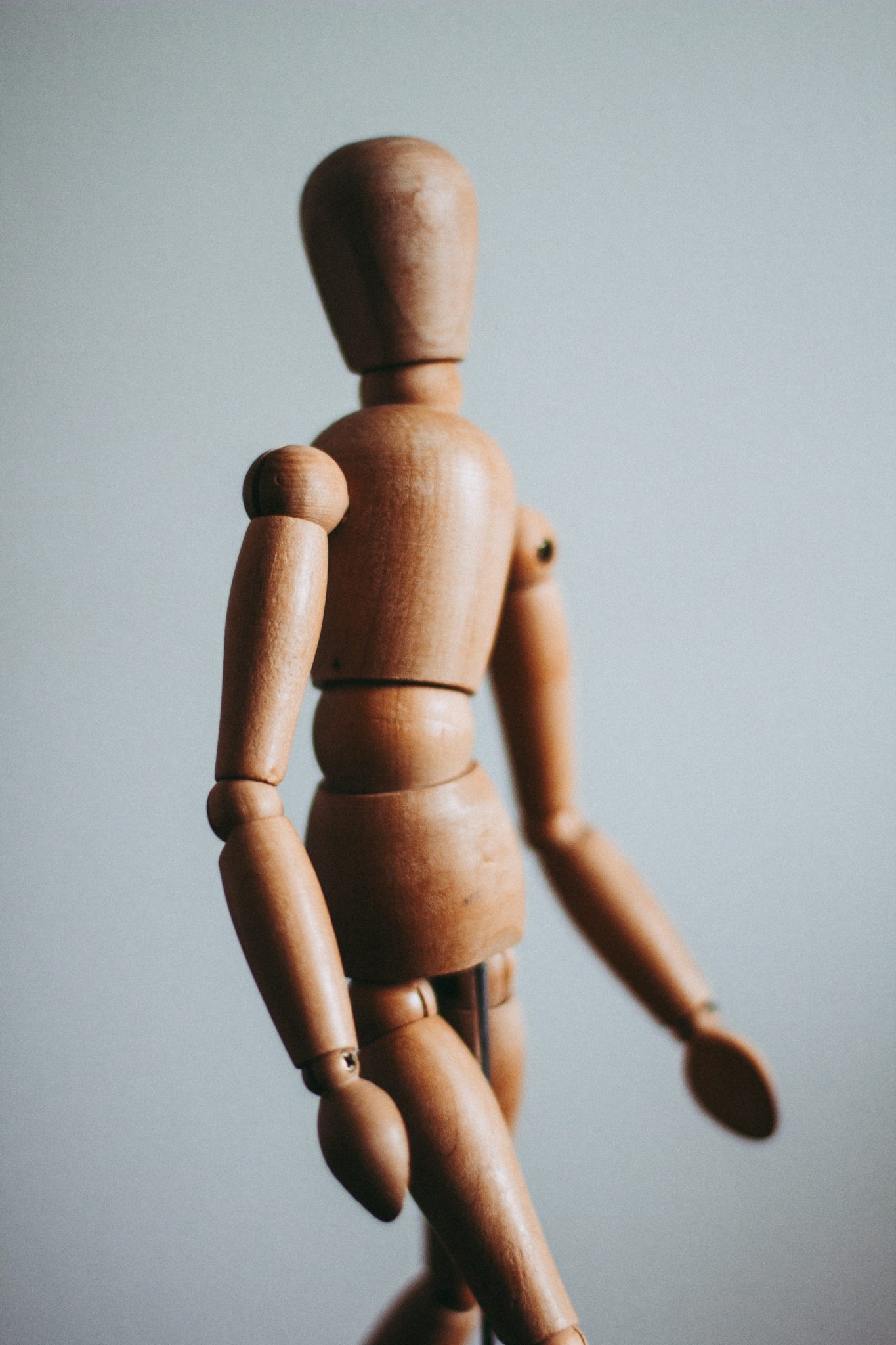Body image and eating issues are two closely related topics that can significantly impact an individual’s physical and mental well-being. Many people struggle with body image concerns and negative thoughts about their appearance, which can lead to disordered eating patterns and even eating disorders. The good news is that therapy can be an effective tool in addressing these issues and helping individuals develop a healthier relationship with food and their bodies.
What is on this page
Body Image
Body image is the way we perceive and think about our bodies. It is not just about our physical appearance but also about the emotions and thoughts we associate with it. A negative body image can lead to a distorted perception of one’s body, leading to shame, low self-esteem, and even anxiety or depression. This can manifest in various ways, including disordered eating patterns and eating disorders such as anorexia, bulimia, and binge eating disorder.

Eating disorders are serious mental illnesses with severe physical and emotional consequences. According to the National Eating Disorders Association, an estimated 30 million people in the United States are affected by eating disorders. These disorders have the highest mortality rate of any mental illness. They can lead to various health problems, including heart disease, kidney failure, and even death.
Therapy can be an effective tool in addressing body image issues and eating disorders. Different types of therapy can help individuals overcome these challenges, including cognitive-behavioural therapy, family therapy, and body image therapy. These therapies can help individuals identify and change negative thought patterns and behaviours, learn coping mechanisms, and develop a more positive self-image.
The Role of Culture and Social Media in Body Image and Eating Disorders
Culture and social media play a significant role in shaping individuals’ body image. They can contribute to the development of eating disorders.
Culture can influence individuals’ perceptions of beauty and ideal body types. In Western cultures, for example, there is often a focus on thinness and a particular body shape as the ideal, which can lead to pressure to conform to these standards. This can contribute to negative body image and, at times, eating disorders.
Social media also plays a significant role in shaping body image and can contribute to developing eating disorders. Social media platforms are often filled with pictures of thin, conventionally attractive individuals, which can contribute to unrealistic beauty standards. Social media can also be a source of constant comparison, as individuals are exposed to images of others they perceive as more attractive or successful. This can lead to feelings of inadequacy and negative body image.
Moreover, the constant exposure to images of “perfect” bodies can also lead to the development of a “filter culture”. People then are seen to present themselves as perfect and flawless, leading to a distorted self-image and low self-esteem.
Furthermore, the constant stream of images of perfection can also lead to the development of an “Instagram dysmorphia”. In this case, people compare themselves to the edited images they see on social media and believe their bodies are not good enough.

To summarise, culture and social media can significantly impact body image. They can contribute to the development of eating disorders. It’s vital for individuals to be aware of these influences and to critically evaluate the messages they are exposed to. Therapy can help individuals navigate these issues and develop a more positive body image.
Case Study
Consider the story of “Jane”, a 25-year-old woman who has struggled with body image and disordered eating for a few years. Jane has always felt self-conscious about her weight and has constantly compared herself to others. She has tried various diets and exercise programs, but nothing seemed to work. Eventually, she developed an eating disorder and began restricting her food intake, leading to severe weight loss and health problems.
Jane sought help and began seeing a therapist specialising in body image and eating disorders. Through therapy, Jane could identify and challenge her negative thoughts and beliefs about her body. She learned coping mechanisms to deal with her emotions and developed a more positive self-image. With her therapist’s help, Jane overcame her eating disorder and developed a healthy relationship with food and her body.
How Can Therapy Help With Body Image?
Therapy can help individuals with body image issues in a variety of ways. Some of the key areas of therapeutic work include:
- Identifying and Challenging Negative Thoughts: Therapy can help individuals identify and challenge negative thoughts and beliefs about their bodies. This can include ideas such as “I’m not good enough”, “I’m too fat”, or “I’ll never be happy with my body”. Individuals can develop a more positive self-image by identifying these thoughts and challenging their validity.
- Understanding the Role of Culture and Society: Therapy can help individuals understand the role of culture and society in shaping their body image. Media and societal messages can contribute to unrealistic beauty standards and negative body image. Understanding these influences can help individuals develop a more realistic and healthy perspective on their bodies.
- Developing Coping Mechanisms: Therapy can teach individuals coping mechanisms to help them deal with negative emotions and thoughts associated with their body image. These can include mindfulness and self-compassion techniques and strategies for dealing with triggers and setbacks.
- Improving Self-Esteem: Therapy can help individuals improve their self-esteem and self-worth. This can be done by focusing on individuals’ strengths and accomplishments rather than their physical appearance.
- Building a Positive Body Image: Through therapy, individuals can develop a positive body image and learn to appreciate and accept their bodies as they are. They can learn to focus on health and self-care rather than achieve a specific appearance.
- Addressing Trauma and Past Experiences: Sometimes, body image issues may be related to past traumas or experiences. Therapy can help individuals process and heal from these experiences, improving their body image.
- Addressing Intersectionality: People from different communities may have unique experiences that shape their body image. Therapy can help individuals navigate the intersection of their identities and how they have been shaped by cultural, socio-economic and other factors.
- Addressing Family Dynamics: Family dynamics can also play a role in shaping body image. Therapy can help individuals understand the impact of family dynamics on their body image. They can also include family members in the therapeutic process to address any issues contributing to the problem.
Conclusion
Body image and eating issues are serious problems that can significantly impact an individual’s physical and mental well-being. Addressing these issues and seeking help if you are struggling is vital. Therapy can be an effective tool in helping individuals develop a healthier relationship with food and their bodies. If you or someone you know is struggling with body image issues or an eating disorder, encourage them to seek help and support. Remember, recovery is possible and you are not alone.

